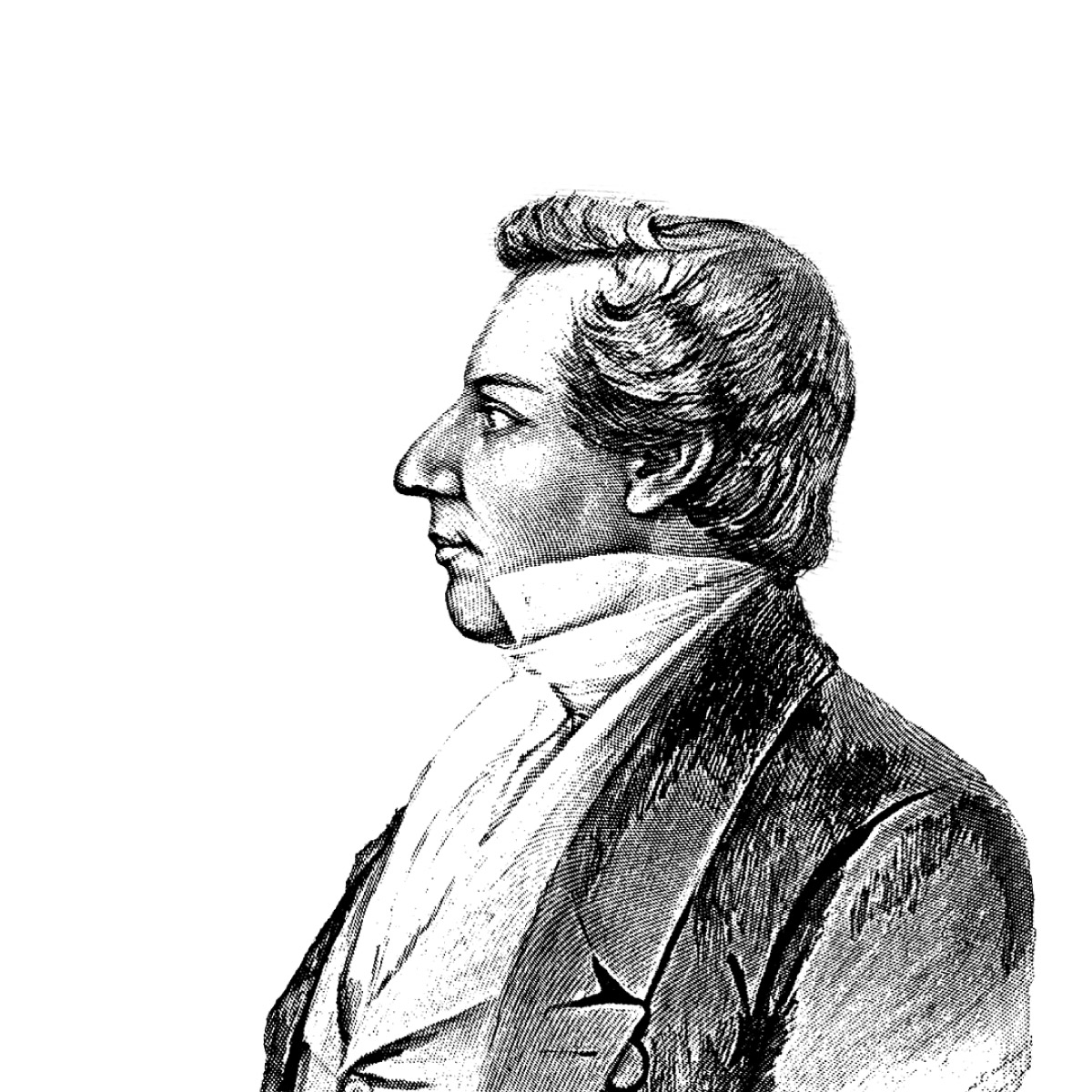Joseph Smith and Fanny Alger

Timeline of Joseph Smith and Fanny Alger
July 1834
Joseph receives a visit from an angel commanding him to take plural wives, according to a late recollection.[5]
ca. 1835
April 1836
The sealing keys are restored to Joseph in the Kirtland temple.[8]
September 1836
The Alger family leaves Kirtland for Missouri.[9]
April 1838
July 12, 1843
The revelation on plural marriage is recorded.[12]
29 years pass.
July 1872
April/May 1876
April 4, 1899
Fanny Alger is posthumously sealed to Joseph Smith in the Salt Lake Temple.[15]
Who was Fanny Alger?
Fanny Alger[BIO][16] was most likely the first plural wife of Joseph Smith.[17] She was born to Samuel Alger[BIO] and Clarissa Hancock[BIO] (the sister of Levi Hancock[BIO]). Her father joined the Church in 1830 while they were living in Ohio.[18] Fanny ended up living with the Smith family as hired help.[19]
Was Joseph and Fanny's relationship just an affair?
No, probably not. Although there is no official record or date, there are numerous second and thirdhand accounts that refer to their relationship as a marriage[20] and/or sealing.[21] The marriage likely took place in 1835,[22] but there are conflicting accounts.[23]
Wasn’t this marriage before the written revelation on eternal marriage and polygamy?
Yes. The revelation on plural marriage (Doctrine & Covenants 132) was recorded on July 12, 1843,[24] though plural marriage was not announced publicly until 1852.[25]
However, there are accounts that claim Joseph Smith taught plural marriage as early as 1831.[26]
But wasn't it also before the sealing keys were restored?
Yes, probably. The sealing keys were restored in the Kirtland Temple on April 3, 1836,[27] whereas Joseph and Fanny were likely married in 1835.[28]
So if the marriage of Fanny and Joseph was before the keys were restored, how could their marriage have been legitimate?
The Church in 1835 believed that regular marriages could "be solemnized . . . by a presiding high priest, high priest, bishop, elder, or priest,"[29] though the concept of eternal marriage/sealing hadn't been introduced yet.[30] Joseph himself performed a marriage that same year.[31]
Related Question
Is polygamy practiced in heaven?
Read more in Polygamy in Eternity
How old was Fanny when she married Joseph Smith?
Depending on Fanny's actual birth year, she would have been between 17 and 19 years old.[32] The marriage likely took place in 1835,[33] though there are conflicting accounts.[34]
Joseph was 29 years old in 1835.[35]
Isn't it creepy to have a 29-year-old marry an 18-year-old?
Maybe. It wasn't strange for the time though.[36] Marriage age gaps in the mid-1800s averaged between four and seven years depending on the region.[37]
One study of marriages in 1880 indicated that husbands aged 34–38 in the U.S. had an average age gap of approximately 10 years.[38] The 1850 US Census indicated that about 25% of women married in the West-South Central region were 15–19 years old.[39]
Related Question
What was the average age of Joseph Smith's plural wives?
Read more in Joseph Smith and Polygamy
Since Joseph was Fanny's religious leader and employer, was the relationship kind of problematic?
Maybe. It's unclear how Fanny personally felt about it.[40] There's no evidence that she was coerced, and available historical records indicate that she agreed to the arrangement, as did her family.[41] Contemporaries seemed principally concerned with Fanny being Joseph's second marriage, not the context or dynamics of that relationship.[42]
How long did Joseph's relationship with Fanny last?
It's unclear. Possibly less than a year,[43] or maybe even a little over two years.[44] She reportedly lived with the Smiths for "several years" before she left for Missouri[45] with her family in 1836.[46] Later that year, she married a non-Latter-day Saint named Solomon Custer[BIO] in Indiana.[47]
Was their relationship sexual?
Possibly. Although neither Joseph nor Fanny left any record of the relationship, there were rumors and gossip about a sexual relationship.[48] In a letter to his brother, Oliver Cowdery[BIO] referred to their relationship as a “dirty, nasty, filthy scrape” (the word scrape was later edited by Oliver's nephew to say affair).[49]
Were Joseph and Fanny caught having sex in a barn?
Probably not. The only historical record with that detail comes from an 1872 account from William McLellin,[BIO] who claimed Joseph and Fanny were "caught in the act" of being "sealed" in a barn by Emma Smith.[BIO][50] In addition to the account being thirdhand and a recollection from many decades later, McLellin had been excommunicated for apostasy, had a personal vendetta against Joseph, and was an active participant in the Missouri mobs.[51]
What did Oliver Cowdery mean when he called Fanny and Joseph’s relationship an "affair/scrape"?
He probably meant a sexual affair. An account of the 1838 high council meeting on the subject of Oliver Cowdery’s knowledge of the relationship refers to it as an “adultery scrape.”[52]
Cowdery could have also been using a more general term. A contemporary dictionary defined the word "affair" as "business of any kind," "transactions in general," the "condition of business or concern," or "a private dispute."[53] The same dictionary defined "scrape" as "Difficulty; perplexity; distress; that which harasses."[54]
Did Fanny have children with Joseph Smith?
No, probably not. DNA tests have shown that several candidates for Joseph's offspring via polygamy (including through Fanny) are most likely not his direct offspring.[55]
Was Fanny Alger pregnant? Did she have a miscarriage?
Possibly, though pregnancy is only mentioned in one very late account, attributed to Chauncey Griswold Webb[BIO] and recorded in an anti-Mormon book.[56] Miscarriage is not mentioned in any historical record.
But didn't Emma push Fanny down the stairs and cause her to miscarry?
No. This has been confused with a story circulated about Eliza R. Snow,[BIO][57] but that story is unlikely to be true.[58]
Was Emma okay with the marriage?
No, probably not. Although there are no firsthand records of how Emma felt, many decades later it was reported that she was upset when she learned of the marriage.[59]
Why was the marriage done in secret?
It's unclear. Several late accounts indicate that Joseph was reluctant to practice plural marriage.[60] One account recalled Joseph's own "repugnance," "prejudices and prepossessions" toward plural marriage along with "those of the whole Christian world."[61][62] It's also possible that he may have been concerned about Emma's reaction.[63]
What was the conclusion of the 1838 high council meeting where charges against Oliver Cowdery were discussed?
Oliver Cowdery was found guilty of "seeking to destroy the character of President Joseph Smith jr, by falsely insinuating that he was guilty of adultery" and was excommunicated.[64] The council also determined that Joseph had not committed adultery nor confessed such to Oliver.[65] Oliver was rebaptized into the Church in November 1848.[66]
Did Fanny ever say anything about her relationship with Joseph Smith?
Possibly. A single, very late source reported her saying this about her relationship with Joseph Smith: “That is all a matter of my own, and I have nothing to communicate.”[67]
Did Fanny stay committed to the Church after she left Kirtland?
No, probably not. The last time she appeared in Church records was in 1840.[68] Fanny's obituaries noted that she joined the Universalist Church and became involved in the practice of spiritualism, but they don't mention Joseph Smith or The Church of Jesus Christ of Latter-day Saints.[69] Some of her family remained with the Church.[70]
- LLG
“I COME FROM POLYGAMOUS FAMILIES ON BOTH SIDES OF MY FAMILY. IT DID RAISE UP SEED TO THE CHURCH, BUT I BELIEVE THAT IT WAS A CHOICE THEN AND IF IN THE ETERNITIES, IT WILL ALSO BE A CHOICE.” - Fred F.
“In the law of evidence it is “permissible” to make an inference (think extrapolation) from two known facts. The inference is “rebuttable” by credible evidence to the contrary. Your take seems to me to be a “permissible” inference as to the relationship based on known facts.” - Mj
“Takes the “hype” out of gossip or rumors. The word “affair” refers to business or interaction without sexual connotation. We cannot fairly judge matters from 1830s against our current world of 2020s. Real witness comes from the spirit not online gossip. Good article.” - Karen B.
“I appreciate the even handed approach to a difficult subject…difficult because the main characters in the action are silent leaving us open to conjecture and drawing inaccurate conclusions. Good job.” - William H.
“After considerable research about the subject, I consider this account to be in context and to be fair. In our modern world, the subject seems very foreign. In a historically religious sense, it is part of the Church history.”



 about this topic
about this topic